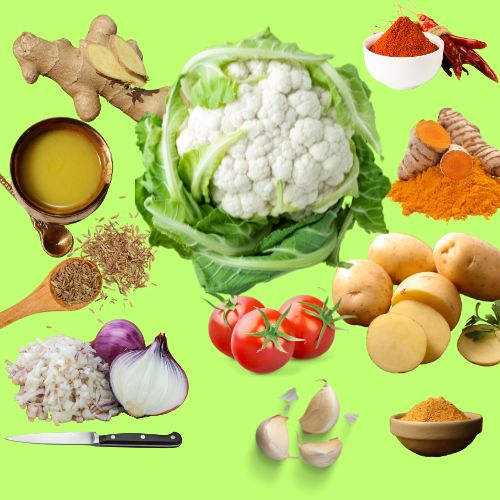Crispy Kohlrabi from the Air Fryer
The Perfect Healthy Snack
If you enjoy my recipes, feel free to leave a comment and follow for more delicious inspiration!
Kohlrabi: An Underrated Superfood
Origin and History of Kohlrabi
Kohlrabi, part of the cruciferous vegetable family, is closely related to broccoli, cauliflower, and kale. Its history dates back to medieval Europe, particularly Germany and Italy, where it was first cultivated intensively. The word "kohlrabi" comes from German and means "cabbage turnip." Its versatility and fresh, crunchy flavor quickly made it popular across Europe.
Nutritional Profile of Kohlrabi
Kohlrabi is low in calories but extremely nutrient-dense. It’s packed with vitamin C, ideal for boosting the immune system, and contains fiber, which supports digestion and keeps you fuller longer. Kohlrabi is also a good source of potassium and magnesium, important minerals for heart health and nerve function. Its mild, slightly sweet flavor works well in both cold and hot dishes, making it perfect for creative cooking.
Why Kohlrabi is Perfect for the Air Fryer
Preparing kohlrabi in the air fryer brings out its natural sweetness while keeping it crispy on the outside and tender on the inside. The low-fat cooking method retains its valuable nutrients, making it ideal for healthy, easy meals that are both quick and satisfying.
Recipe
Introduction
Crispy, healthy, and full of flavor: Kohlrabi from the air fryer is a surprisingly tasty and versatile dish that works as a side, snack, or light main course. This method highlights the best flavors of kohlrabi and offers a low-calorie, low-fat, yet fiber-rich taste experience.
Ingredients
- 1 large kohlrabi, peeled and cut into even slices or sticks
- 1 tbsp olive oil
- 1/2 tsp paprika
- 1/2 tsp garlic powder
- Salt and pepper to taste
- Optional: Fresh herbs like thyme or rosemary for extra aroma
Instructions
- Place the kohlrabi in a bowl and toss with olive oil, paprika, garlic powder, salt, and pepper. Mix well so the pieces are evenly seasoned.
- Preheat the air fryer to 180°C (350°F).
- Spread the seasoned kohlrabi evenly in the air fryer basket. Make sure the pieces are not stacked to allow them to get crispy.
- Cook for about 15–20 minutes until crispy and golden brown. Shake the basket once or twice during cooking for even browning.
- Before serving, optionally garnish with fresh herbs and enjoy immediately.
Why Kohlrabi from the Air Fryer?
Kohlrabi is a nutrient-rich superfood loaded with vitamin C, calcium, and antioxidants that support the immune system and relieve the body. Cooking it in the air fryer preserves these valuable nutrients while providing a crispy and delicious texture
















